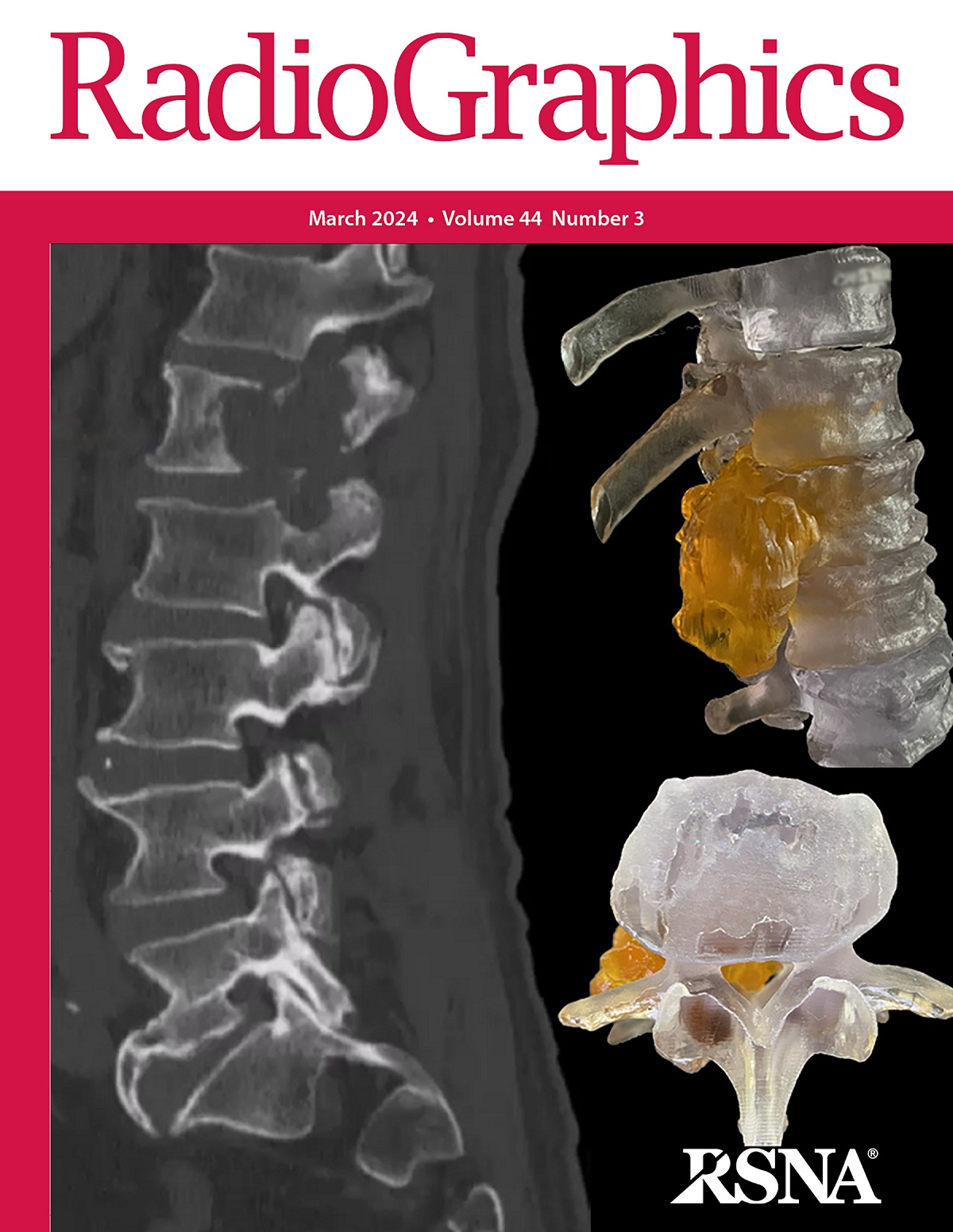US of the Penis: Beyond Erectile Dysfunction.
Ying Ying Kho, Sally Hsueh Er Lee, Kenneth Chin, Nur Zakiah Sidek, Voon Chee Ma, Dorothy Hkawn Seng, Sihui Cai, Lee Wei Tan, Si Min Teo, Apoorva Gogna, Ankur Patel, Nanda Venkatanarasimha
求助PDF
{"title":"US of the Penis: Beyond Erectile Dysfunction.","authors":"Ying Ying Kho, Sally Hsueh Er Lee, Kenneth Chin, Nur Zakiah Sidek, Voon Chee Ma, Dorothy Hkawn Seng, Sihui Cai, Lee Wei Tan, Si Min Teo, Apoorva Gogna, Ankur Patel, Nanda Venkatanarasimha","doi":"10.1148/rg.230157","DOIUrl":null,"url":null,"abstract":"<p><p>High-frequency US, with a linear transducer and gray-scale, color, and spectral Doppler US techniques, is the primary imaging modality for evaluation of the penis. It can allow delineation of anatomy and assessment of dynamic blood flow; it is easily available and noninvasive or minimally invasive; it is cost effective; and it is well tolerated by patients. US assessment after pharmacologic induction of erection is an additional tool in assessing patients with suspected vasculogenic impotence, and also in selected patients with penile trauma and suspected Peyronie disease. Penile injuries, life-threatening infections, and vascular conditions such as priapism warrant rapid diagnosis to prevent long-term morbidities due to clinical misdiagnosis or delayed treatment. US can facilitate a timely diagnosis in these emergency conditions, even at the point of care such as the emergency department, which can facilitate timely treatment. In addition, color and spectral Doppler US are valuable applications in the follow-up of patients treated with endovascular revascularization procedures for vasculogenic erectile dysfunction. Image optimization and attention to meticulous techniques including Doppler US is vital to improve diagnostic accuracy. Radiologists should be familiar with the detailed US anatomy, pathophysiologic characteristics, scanning techniques, potential pitfalls, and US manifestations of a wide spectrum of vascular and nonvascular penile conditions to suggest an accurate diagnosis and direct further management. The authors review a range of common and uncommon abnormalities of the penis, highlight their key US features, discuss differential diagnosis considerations, and briefly review management. <sup>©</sup>RSNA, 2024 Supplemental material is available for this article.</p>","PeriodicalId":54512,"journal":{"name":"Radiographics","volume":"44 6","pages":"e230157"},"PeriodicalIF":5.2000,"publicationDate":"2024-06-01","publicationTypes":"Journal Article","fieldsOfStudy":null,"isOpenAccess":false,"openAccessPdf":"","citationCount":"0","resultStr":null,"platform":"Semanticscholar","paperid":null,"PeriodicalName":"Radiographics","FirstCategoryId":"3","ListUrlMain":"https://doi.org/10.1148/rg.230157","RegionNum":1,"RegionCategory":"医学","ArticlePicture":[],"TitleCN":null,"AbstractTextCN":null,"PMCID":null,"EPubDate":"","PubModel":"","JCR":"Q1","JCRName":"RADIOLOGY, NUCLEAR MEDICINE & MEDICAL IMAGING","Score":null,"Total":0}
引用次数: 0
引用
批量引用
Abstract
High-frequency US, with a linear transducer and gray-scale, color, and spectral Doppler US techniques, is the primary imaging modality for evaluation of the penis. It can allow delineation of anatomy and assessment of dynamic blood flow; it is easily available and noninvasive or minimally invasive; it is cost effective; and it is well tolerated by patients. US assessment after pharmacologic induction of erection is an additional tool in assessing patients with suspected vasculogenic impotence, and also in selected patients with penile trauma and suspected Peyronie disease. Penile injuries, life-threatening infections, and vascular conditions such as priapism warrant rapid diagnosis to prevent long-term morbidities due to clinical misdiagnosis or delayed treatment. US can facilitate a timely diagnosis in these emergency conditions, even at the point of care such as the emergency department, which can facilitate timely treatment. In addition, color and spectral Doppler US are valuable applications in the follow-up of patients treated with endovascular revascularization procedures for vasculogenic erectile dysfunction. Image optimization and attention to meticulous techniques including Doppler US is vital to improve diagnostic accuracy. Radiologists should be familiar with the detailed US anatomy, pathophysiologic characteristics, scanning techniques, potential pitfalls, and US manifestations of a wide spectrum of vascular and nonvascular penile conditions to suggest an accurate diagnosis and direct further management. The authors review a range of common and uncommon abnormalities of the penis, highlight their key US features, discuss differential diagnosis considerations, and briefly review management. © RSNA, 2024 Supplemental material is available for this article.


